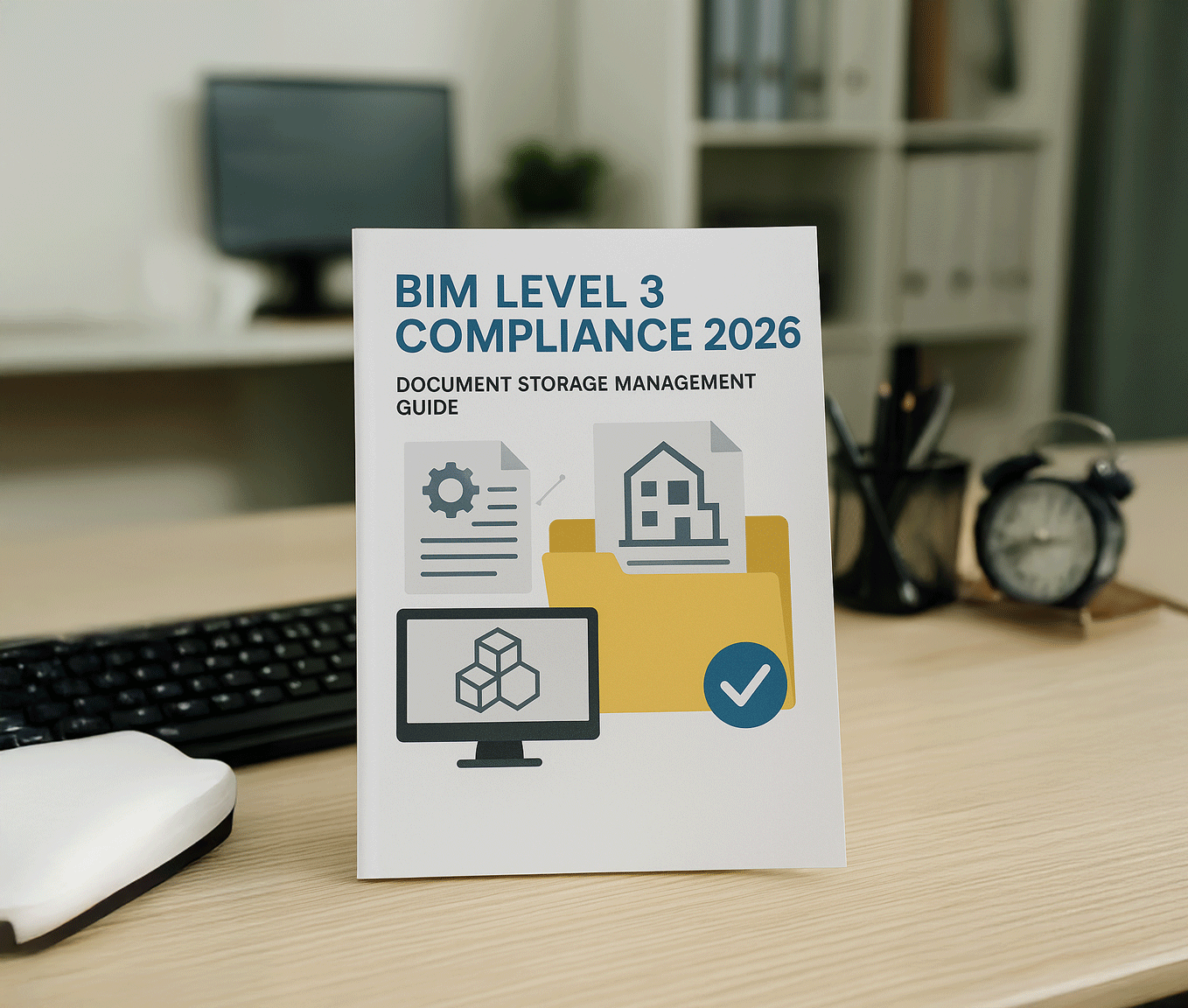Top tips for effective policy management
Getting your people to read existing, new & updated policies is a perennial challenge for HR & compliance professionals.
Top tips for effective policy management
Most businesses and organisations have a wide variety of policies and procedures in circulation, ranging from staff handbooks, HR and health & safety guidelines to data protection and ICT processes.
However, with the world of business spinning fast, you’ll be amazed to see how quickly your policies become outdated or irrelevant, which can create significant compliance and regulatory risks if they are not managed effectively.
While your policies are there to safeguard your business against risk and guide your employees, suppliers, sub-contractors and stakeholders on the way you operate and the conduct you expect, in reality, most policies are rarely read, let alone understood.
Getting your people to read existing, new and updated policies is a perennial challenge for HR and compliance professionals alike. Without technology, keeping track of who has signed for and accepted that they have not only read but understood your policies is almost impossible.
The answer lies in effective policy management.
But how is this achieved? Read on to find out more.
What is policy management?
Businesses and organisations of all sizes create and implement policies and procedures to govern staff and corporate behaviour, standardise operations and protect themselves from reputational and financial loss. And with the regulatory burden increasing at a rapid rate across all sectors, robust policy frameworks are required to ensure compliance.
Ensuring all staff and relevant stakeholders are aware of these policies and the obligations they place upon them can be a challenge, particularly in large organisations with teams working across multiple departments and locations.
It’s also a problem that gets worse over time. When the number of regulations increases, so does the number and type of policies your business will need to comply with, making it increasingly difficult to maintain an overview.
However, if an organisation can demonstrate its employees are aware of its policies and understand their content, it can help ensure compliance and significantly reduce the liability risk.
Policy management defines how your business or organisation can achieve this.
It will provide you with a central system for managing all your policies and associated workflows – such as approval, updating, version control – to ensure that your latest policies are communicated properly and understood, while taking outdated, inconsistent or unauthorised policies out of circulation.
Taking a uniform approach to your current and future policy management will help you achieve and maintain compliance and mitigate regulatory risk. So, a well-structured policy management system is essential. Here’s how to do it.

Consistency
Bringing consistency across all your policies and procedures is a vital first step.
Creating a consistent structure, layout, writing style, and tone of voice for all your policy documents will make them easier to read and understand by your people.
Many organisations create and adopt a ‘house style’ to dictate how they write policies – which is not a bad idea if you have several policy authors – to ensure they remain consistent.
It’s also good practice to revise any existing policies using your new style templates to ensure consistency across the board.
Review and approve
Once a new policy has been drafted or an existing one updated, it’s essential to get it reviewed and approved by all relevant stakeholders within your organisation to ensure it’s accurate and easy to understand. Sharing with a select group of employees and requesting feedback is a good way of ensuring it hits the right tone.
Where appropriate, use links to external sources of information, especially if it relates to a regulatory or compliance issue and requires context.
Communicate
Once a policy has been reviewed and approved, the next step is to share it with all relevant employees. It’s important to note here that not every policy you have may be applicable to each staff member. Once a policy has been published, keeping a record of each employee who has accepted, read and understood it is vital.
An online policy management platform, like Policy Central, can help facilitate this and keep track of those who haven’t signed, so you can send reminders or additional information or training materials if required. It can also help you create quizzes or assessments to ensure employees have understood the contents of a policy, and gather evidence of understanding for compliance purposes.
Maintain and update
Policy management isn’t a ‘one and done’ activity.
It’s a continuous cycle to help you keep on top of your policy framework. Best practice shows that each policy should be reviewed at least once a year.
As such, it’s vital that you regularly review each individual policy to ensure it remains relevant, up-to-date and effective. If any policies need to be revised, all the above steps should be repeated until the policy is republished. Alternatively, you may need to take an existing policy out of circulation or replace it with a new one. When this is the case, these should again be communicated to all relevant employees, and evidence of acceptance should be collected.
Again, a technology platform like Policy Central can help you achieve this with minimal hassle or fuss.
Having a clearly defined policy management system in place will help bring consistency to the way your policies and procedures are created, updated and communicated. This can help you positively influence the behaviour of your employees and reduce your compliance risks.
Policy Central’s integrated online policy management platform can give you complete control of your organisation’s policy lifecycle. To find out more and book a free consultation, get in touch today.



